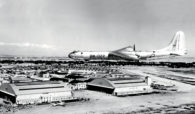Lowry Air Force Base closed 25 years ago, but the Lowry neighborhood redevelopment retains its history in 30 original buildings, as well as design elements that acknowledge the area’s storied past.
- Home/
- History (Page 4)
Hometown Treasures
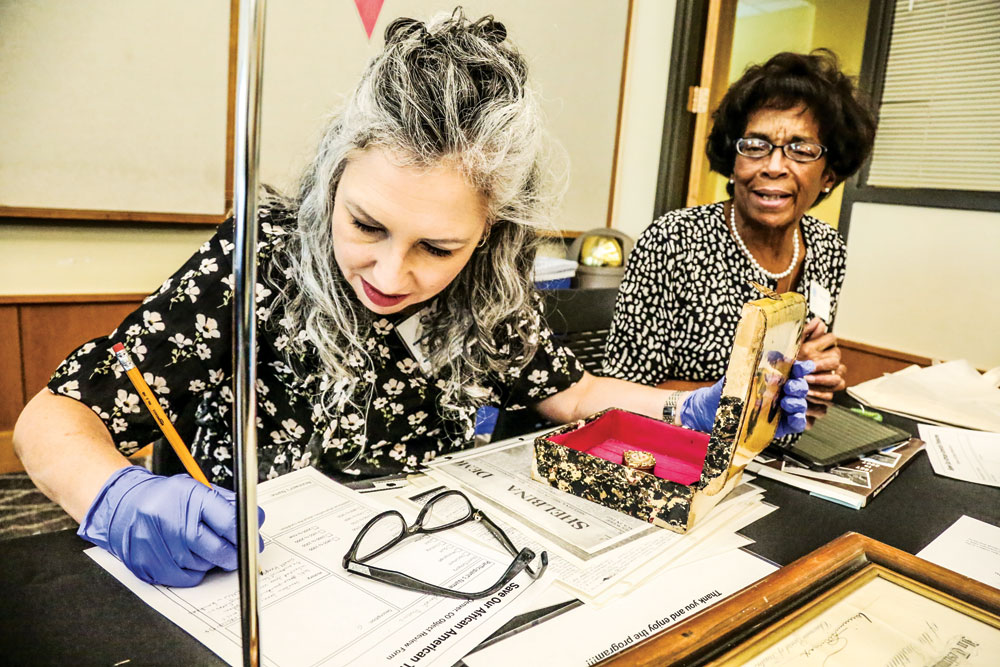
Denver’s Blair-Caldwell African American Research Library and the Black American West Museum partnered with the National Museum of African American History and Culture to explore the stories of local African American families through their family heirlooms.
Korey Wise Innocence Project

“When They See Us” devotes a full episode to Korey Wise, referred to as “a walking miracle” by the other men whom the media dubbed the “Central Park Five.” Though the five boys-turned-men-in-prison continue to live with that moniker, all were exonerated in 2002.
Destination Japan with Kids

This summer, we decided to go beyond our usual visits to my Japanese mother’s relatives, and take the children (ages 10 and 8) on a bit of a history tour: Hiroshima; The Floating Shrine; Traditions by the Sea of Japan; and more.
500 Years of British Art

The paintings, ranging from the 1400s through the late 1800s, tell the stories of the personalities and events that shaped a nation over the course of five centuries.
Beer Here!
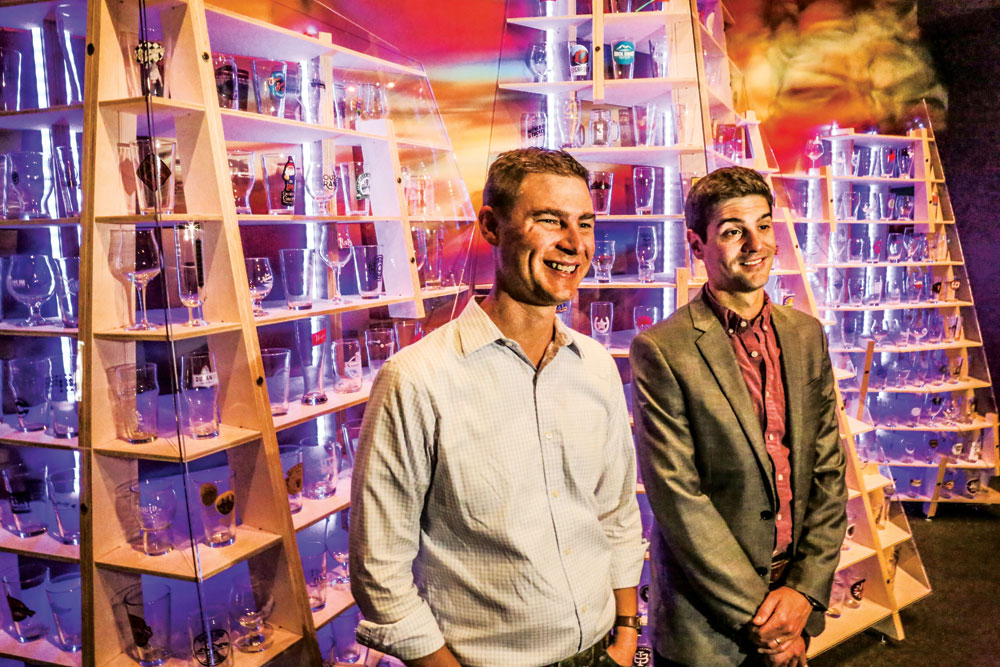
History Colorado ties together beer and the state’s history in “Beer Here,” a collection of artifacts, photos, and other lore on display through August 2020.
Serious Play
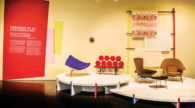
“Take your pleasure seriously,” was the motto of Charles and Ray Eames, a husband-and-wife midcentury design team.
A Glimpse of Genius

From the most technologically advanced photographic analysis of the Mona Lisa ever undertaken to kid-friendly desktop catapults, life-sized “cars” and a flying machine, the Denver Museum of Nature and Science exhibit, Leonardo da Vinci: 500 Years of Genius, offers something for everyone.
Denver after Brown v. Board: From Segregation to Integration (in theory)
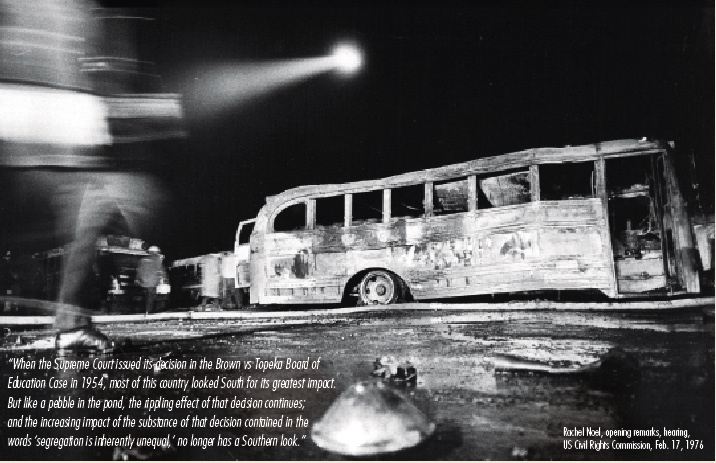
In 1970, 12 dynamite bombs destroyed 24 school buses and damaged an additional 15 at a DPS bus depot; the New York Times referred to this as a “massive and skillful demolition job.”
After Brown: Fewer Black Teachers
MLK, Kids March from Steve Larson on Vimeo.
In 1954, a unanimous U.S. Supreme Court determined that segregation in public schools violated the 14th Amendment, in the Brown v. Board of Education decision. The following year, the Supreme Court, in what became known as Brown II, instructed states to begin desegregation “with all deliberate speed.”

